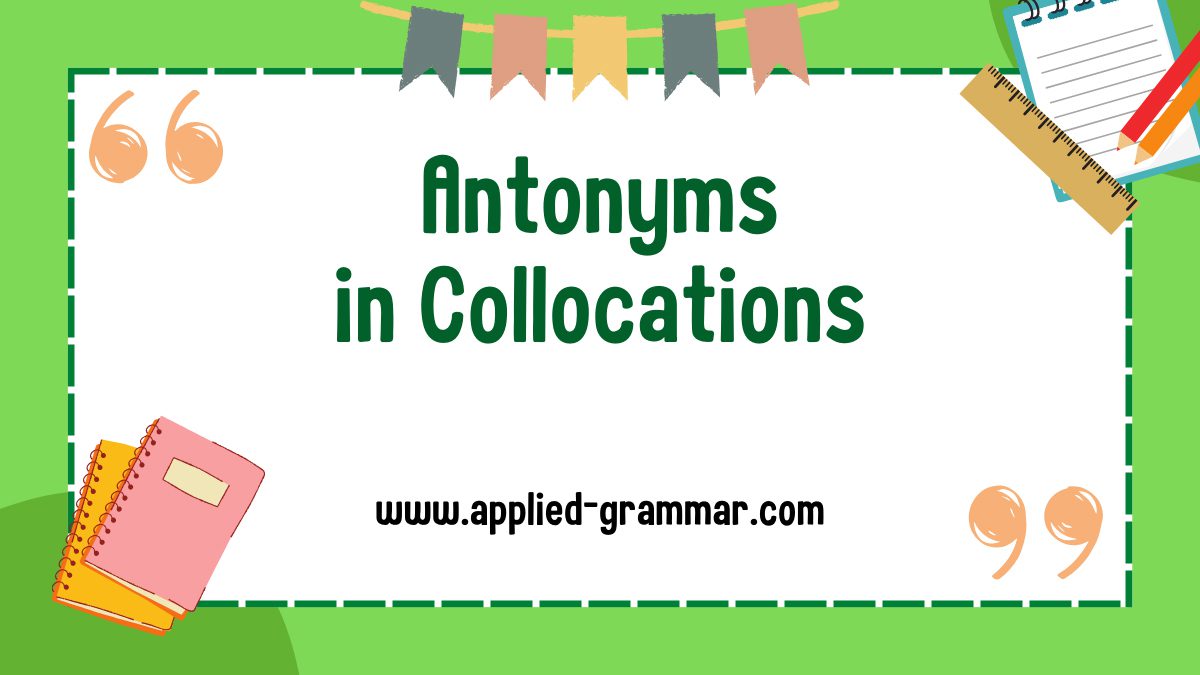Are you looking to expand your vocabulary and enhance your language skills? One effective way to do so is by exploring antonyms in collocations. Collocations are common word pairings that occur frequently in language. By understanding the opposites of these collocations, you can not only improve your vocabulary but also gain a deeper understanding of the nuanced meanings of words.
In this text, we will investigate into the world of antonyms in collocations and explore how they can enrich your language proficiency. We will provide you with examples and explanations of common word pairs with opposite meanings, allowing you to grasp the intricacies of these language patterns. By incorporating these antonyms into your everyday conversations and writing, you can elevate your language skills to a whole new level.
Key Takeaways
- Understanding antonyms in collocations is important for expanding vocabulary and enhancing language skills.
- Antonyms are word pairs with opposite meanings, and they can be divided into graded or gradable antonyms, complementary antonyms, and relational antonyms.
- Antonyms help expand vocabulary, provide clarity in communication, enhance writing skills, and improve reading comprehension.
- Collocations are word combinations that frequently occur together, and they play a crucial role in conveying precise meanings.
- Learning and using collocations correctly can expand vocabulary, provide contextual clarity, enhance writing skills, improve reading comprehension, and promote cultural understanding.
- Common word pairs with opposite meanings in collocations include big vs small, fast vs slow, young vs old, happy vs sad, and love vs hate. These word pairs can be effectively used to convey ideas, describe physical attributes, express emotions, and describe relationships.
What are Antonyms?
Understanding antonyms is crucial for expanding your vocabulary and enhancing your language skills. Antonyms are words that have opposite meanings, and they play an important role in various forms of writing. Many people use antonyms unknowingly in their everyday conversations without realizing it. In this section, we’ll explore the definition of antonyms and investigate into their significance in language.
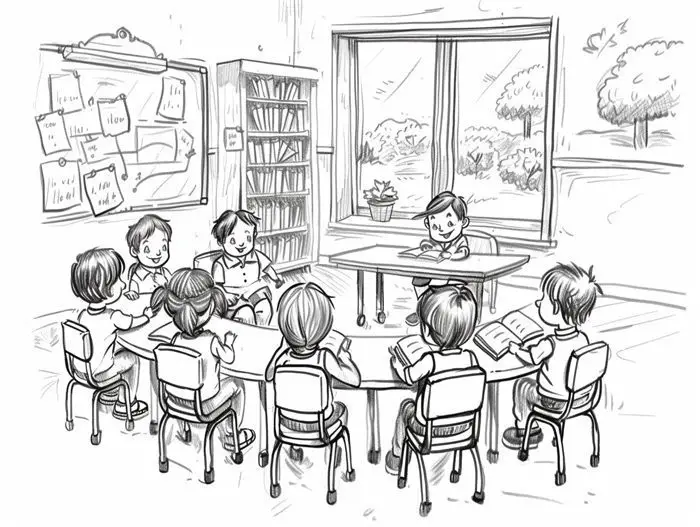
Definition of Antonyms
Antonyms are word pairs that have contrasting meanings. They serve as opposites to each other, enriching the language with shades of meaning and enhancing communication. There are different types of antonyms, including graded or gradable antonyms, complementary antonyms, and relational antonyms.
- Graded or gradable antonyms: These word pairs represent opposite ends of a continuous spectrum. For example, “hot” and “cold” fall under this category. Other examples include “big” and “small” or “fast” and “slow.” These antonyms provide a range of intensity or qualities.
- Complementary antonyms: These word pairs represent completely opposite meanings without any middle ground. Examples include “push” and “pull” or “light” and “dark.” They are mutually exclusive and have no intermediate states.
- Relational antonyms: These word pairs derive their opposite meanings in the context of a relationship. For instance, “teacher” and “pupil” are relational antonyms. The opposite makes sense only within the specific relationship between the two concepts.
Importance of Antonyms in Language
Learning antonyms is essential for improving your language skills. Here’s why:
- Vocabulary Expansion: Antonyms help expand your vocabulary by introducing new words with contrasting meanings. By understanding the opposites of common words, you gain a deeper understanding of their nuances and can express yourself more precisely.
- Contextual Clarity: Antonyms provide clarity in communication by highlighting the contrasting meanings of words. When you encounter an unfamiliar word, knowledge of its opposite can help you deduce its meaning based on the context.
- Enhanced Writing Skills: Using antonyms effectively adds depth and complexity to your writing. By incorporating antonyms in your compositions, you create a sense of balance, contrast, and emphasis. It adds richness and variety to your writing style.
- Improved Reading Comprehension: Recognizing antonyms in texts aids in comprehension. Understanding the opposite meaning of a word helps decipher the author’s intended message and enables you to grasp the overall context more effectively.
Incorporating antonyms into your vocabulary and writing skills enhances your language proficiency and broadens your ability to express yourself with precision and nuance. So, embrace the power of antonyms and elevate your language skills to new heights.
What are Collocations?
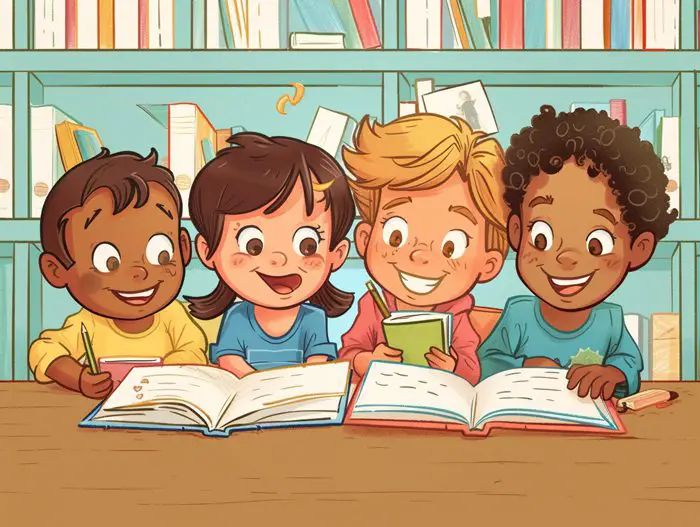
Definition of Collocations
Collocations are word combinations that frequently occur together in a natural and fluent manner. They are groups of words that have a strong tendency to occur together due to their close association and shared meaning. Collocations can be made up of different parts of speech, such as verbs and nouns, adjectives and nouns, or adverbs and adjectives. When used together, these words create a specific meaning that may not be easily deduced from their individual definitions.
Examples of collocations include “make a decision,” “fast food,” and “strong coffee.” These combinations are commonly used by native speakers and are ingrained in the language. Collocations play a crucial role in conveying meaning accurately and effectively.
Why Are Collocations Important in Language Learning?
Understanding and using collocations correctly is essential for language learners for several reasons.
- Vocabulary Expansion: Learning collocations helps you expand your vocabulary by providing ready-made phrases and expressions that native speakers use. It enables you to communicate more naturally and fluently.
- Contextual Clarity: Collocations help to convey precise meanings and avoid ambiguity. Using the correct collocations in your writing or speaking adds clarity and ensures that you are expressing precisely what you intend.
- Enhanced Writing Skills: Using collocations in your writing can elevate its quality. Well-chosen collocations make your text more engaging, precise, and coherent. They create a professional and polished impression on your readers.
- Improved Reading Comprehension: Being familiar with collocations enhances your ability to comprehend written texts. Recognizing and understanding common collocations helps you grasp the intended meaning and interpret the text more efficiently.
- Cultural Understanding: Collocations are deeply embedded in the cultural context of the language. By learning collocations, you gain insight into the customs, idiomatic expressions, and cultural nuances of the language you are learning.
To maximize your language proficiency, it is crucial to incorporate collocations into your vocabulary and writing skills. By doing so, you will gain greater fluency, precision, and clarity in your communication.
Common Word Pairs with Opposite Meanings
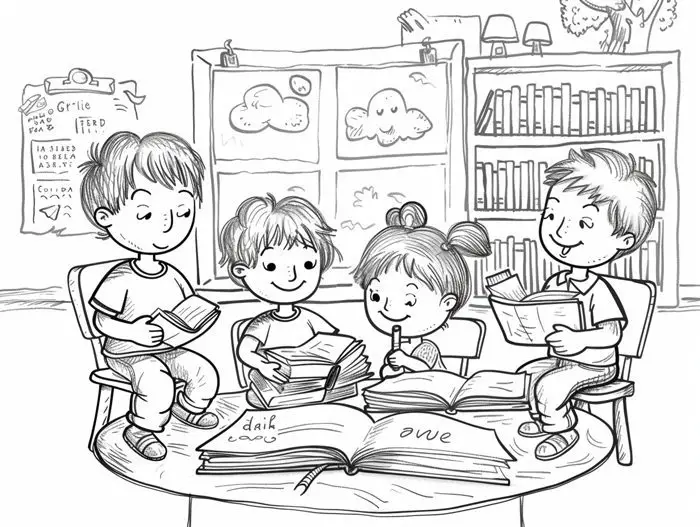
Introduction
Antonyms are words that have opposite meanings, and when they come together in collocations, they create a powerful linguistic combination. These word pairs with contrasting meanings help us convey ideas and emotions accurately. In this section, we will explore some common word pairs with opposite meanings that are frequently used in everyday language.
Big vs Small
One of the classic examples of antonyms in collocations is the pairing of “big” and “small.” These words represent opposite ends of the size spectrum and are commonly used to describe objects, animals, and even abstract concepts. Using this collocation effectively can add clarity and precision to your descriptions. For example:
- “The elephant was big and dominant in the wild, while the mouse was small and timid.”
Fast vs Slow
The contrast between “fast” and “slow” is another common antonym pair that appears in various contexts. This collocation is often used to describe speed or rate of movement. Whether discussing physical speed or the pace of a process, incorporating this word pairing can help convey the desired meaning. Here’s an example:
- “The cheetah is known for its remarkable ability to run fast, while the turtle moves at a slow and steady pace.”
Young vs Old
When it comes to describing age, the collocation of “young” and “old” is frequently used to depict the opposing ends of the age spectrum. These words provide an effective way to express the relative age of people, animals, or objects. Consider the following example:
- “The young puppy was full of energy and curiosity, whereas the old dog enjoyed a more relaxed and leisurely lifestyle.”
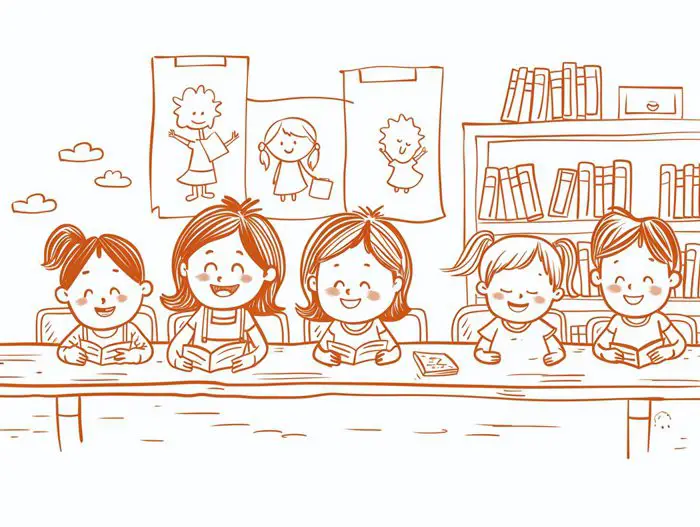
Happy vs Sad
In the area of emotions, the pairing of “happy” and “sad” is one of the most significant antonym collocations. These contrasting terms allow us to express our emotional state and instantly convey our feelings to others. Let’s take a look at an example:
- “She was happy and content with her achievements, but after receiving the disappointing news, her mood quickly shifted to sad and despondent.”
Love vs Hate
Finally, the antonym collocation of “love” and “hate” represents the extremes of affection and animosity. These words encapsulate the powerful emotions we experience in relationships and can be used to express strong feelings towards a person, idea, or action. Consider this usage example:
- “She loved spending time with her family, but she hated confrontation and conflict.”
Summary
In this section, we have explored some common word pairs with opposite meanings that are frequently used in collocations. These antonym collocations allow us to express ideas, describe physical attributes, convey emotions, and describe relationships. By incorporating these word pairings into your vocabulary, you can enhance your language skills and effectively convey meaning in various contexts.
Conclusion
To conclude, understanding and incorporating antonyms in collocations can greatly enhance your language skills and effectively convey meaning in various contexts. By recognizing common word pairs with opposite meanings that are frequently used in collocations, you can expand your vocabulary and improve your ability to express ideas, describe physical attributes, convey emotions, and describe relationships.
Collocations play a crucial role in language learning as they allow us to convey meaning accurately and effectively. They provide contextual clarity and help us to better understand the nuances of language. By incorporating collocations into your vocabulary and writing skills, you can enhance your language proficiency and communicate more fluently.
Antonym collocations, in particular, offer a unique way to express contrasting ideas and highlight differences. By utilizing these word pairings, you can add depth and complexity to your language usage. Whether you are writing an essay, giving a presentation, or engaging in everyday conversation, incorporating antonyms in collocations can elevate your language skills and make your communication more impactful.
So, embrace the power of collocations and antonyms in your language learning journey. By mastering these essential language tools, you can become a more confident and proficient communicator.
